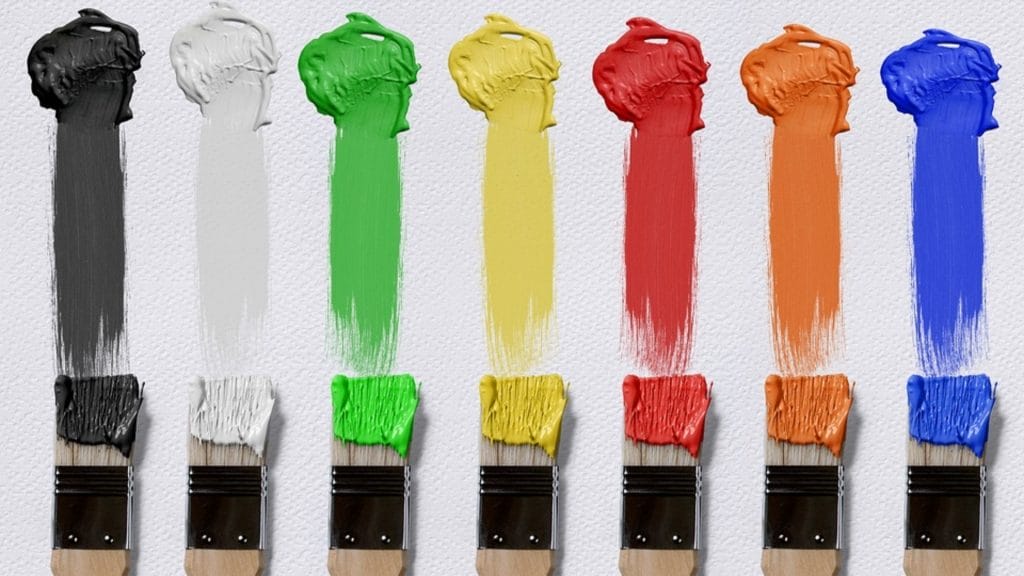Color Combinations for Your House or Room Design
There are many things to consider when designing a home. Picking a color scheme for your new room or house may get overlooked at first, but it’s more important than most people think. Did you know that different colors affect people differently? Some colors can even generate the illusion that your space is a different size than it is. Choosing the right color scheme for rooms with low natural lighting is also essential, as it’s easy for them to feel gloomy.
Some people struggle to figure out which colors work for their space or can’t find enough inspiration. Most construction companies don’t help with this step. That’s why you should work with a design-build firm like Winthorpe Design & Build.
Here at Winthorpe Design & Build, we have the experience and commitment to stay at your side every step of the way. We’re here to help from the moment you hire us until the last detail is perfect. We answer every question you have and never leave you confused. Clear, concise communication is something we pride ourselves on. When you hire us, you’ll never feel out of the loop again.
What is Color Theory and How Can It Help?

Color psychology, which often goes hand-in-hand with color theory, is the concept of different colors affecting the way people feel. It’s commonly used in the interior design process, alongside color theory.
Color theory is a guide for combining colors in a way that makes the overall effect more visually pleasing. Designers use color theory as a basis to observe how people react to different color combinations. According to color theory, there are six main kinds of color combinations that look pleasant.
Before we get into that, we must first take a look at the color wheel.
There are twelve main colors recognized by color theory: red, red-orange, orange, yellow-orange, yellow, yellow-green, green, blue-green, blue, blue-violet, violet, and red-violet. These can be combined in hundreds of ways to form different color combinations. Not all of these combinations are visually appealing, though, and according to color theory, only six of them are.
Complementary Colors
Complementary colors are any two colors opposite of each other on the color wheel. For example, green and red or orange and blue. Complementary colors tend to clash if used incorrectly and can be very abrasive.
The complementary color combination is probably one of the most well-known. You see it in the world around you more often than you realize. When placed next to each other, complementary colors are very loud and attention-grabbing due to their powerful contrast. Many sports teams use them for their team colors in an attempt to be more memorable.
When using complementary colors in interior design, it’s best to use them in small amounts. A red-orange accent pillow on a turquoise couch adds a nice splash of color, but turquoise walls with a red-orange carpet would be a bit much.
Analogous Colors
Analogous colors are any three colors next to each other on the color wheel. For example, blue-violet, violet, and red-violet are analogous colors. Analogous colors are easily found in nature and never clash with one another.
The analogous color combination is made up of color and the two colors on either side of it. While this color combination is rarely seen on TV or in supermarkets, it is abundant in nature. When placed next to each other, analogous colors form a calming gradient, as opposed to the stark contrast of complementary colors.
When using complementary colors in interior design, analogous colors are a safe choice… as long as you don’t get carried away. While analogous colors do provide calming energy, they can easily become boring when they are the only colors present.
Triadic Colors
Triadic colors are any three equidistant colors on the color wheel. They perform similarly to complementary colors, but they are less harsh typically. The most common examples of triadic colors are blue, yellow, and red or orange, green, and purple.
Triadic colors are used a bit differently in interior design than analogous colors and complementary colors. While the other two combinations tend to be fairly balanced, triadic colors use one color as the main color, a second as a support color, and the third as an accent.
Split Complementary Colors
A split complementary color scheme is made up of three colors. To create a split complementary color scheme, pick one color to start with. Next, find the color opposite of it but instead of using that color as the secondary, we’re going to use the two colors next to it.
A split complementary color combination is sort of a combination of the three above-mentioned color combinations. It offers the soothing effects of analogous colors, but mixes in the occasional pop of a complementary color.
Tetradic Colors
Tetradic colors have the same concept as complementary colors, but you’re going to use two sets of them instead of one. For example, red, green, yellow, and purple make up a tetradic color combination.
Much like triadic colors, tetradic color schemes work best if one color is more present than the others. Because this combination features so many colors, using them all equally often looks hectic.
Square Colors
A square color combination is made up of any four equidistant colors on the color wheel, similar to triadic colors. An example of this is violet, turquoise, red-orange, and yellow. Unlike triadic and tetradic color combinations, a square color combination works when all four colors are used equally. Using square colors in interior design offers a good way to combine colors in a peaceful, calming manner without becoming monotonous.
Bring Some Color to Your Next Remodel!
Even if you’ve chosen the perfect color combination for your house or room, it’s still crucial that the rest of the design and construction process are completed as flawlessly as possible. Hiring an architect separately from your building firm opens up the opportunity for miscommunication and flawed planning or execution. Instead, consider hiring a design-build firm like Winthorpe Design & Build.
We’ve been serving clients in Maryland and Washington D.C. for decades, and we have the experience to prove it. For a design-build firm, you can trust, contact us any time. We’re now offering virtual consultations so that you can get answers from the safety and comfort of your home.
We look forward to doing business with you!





